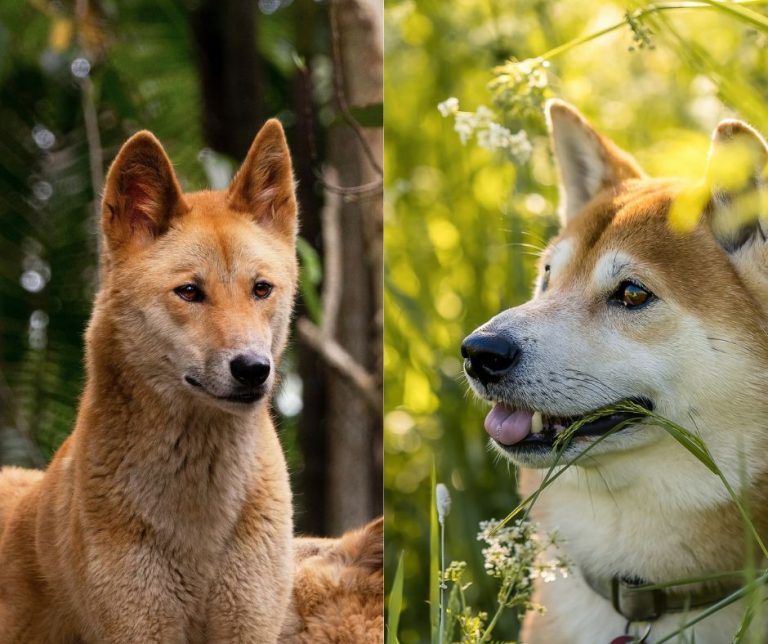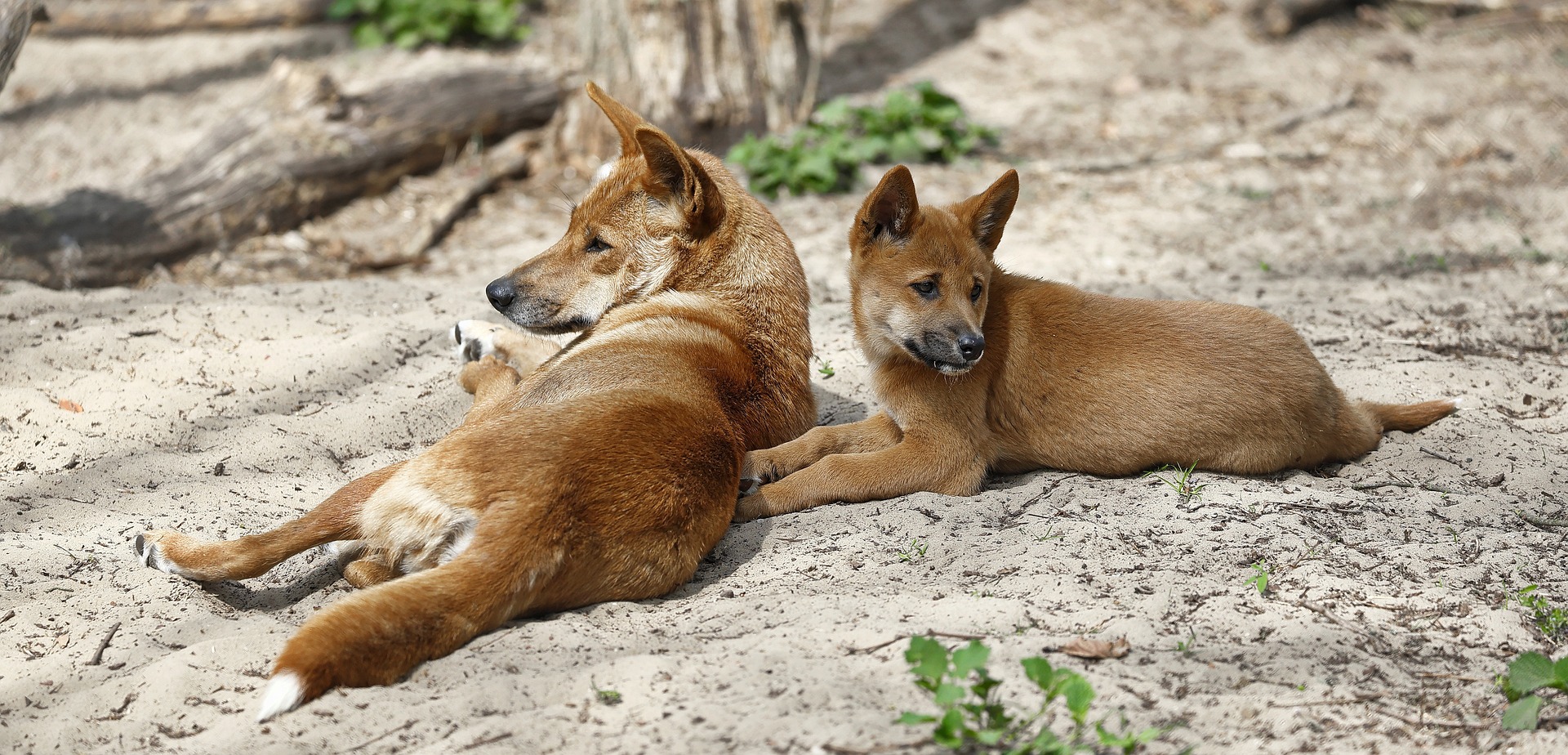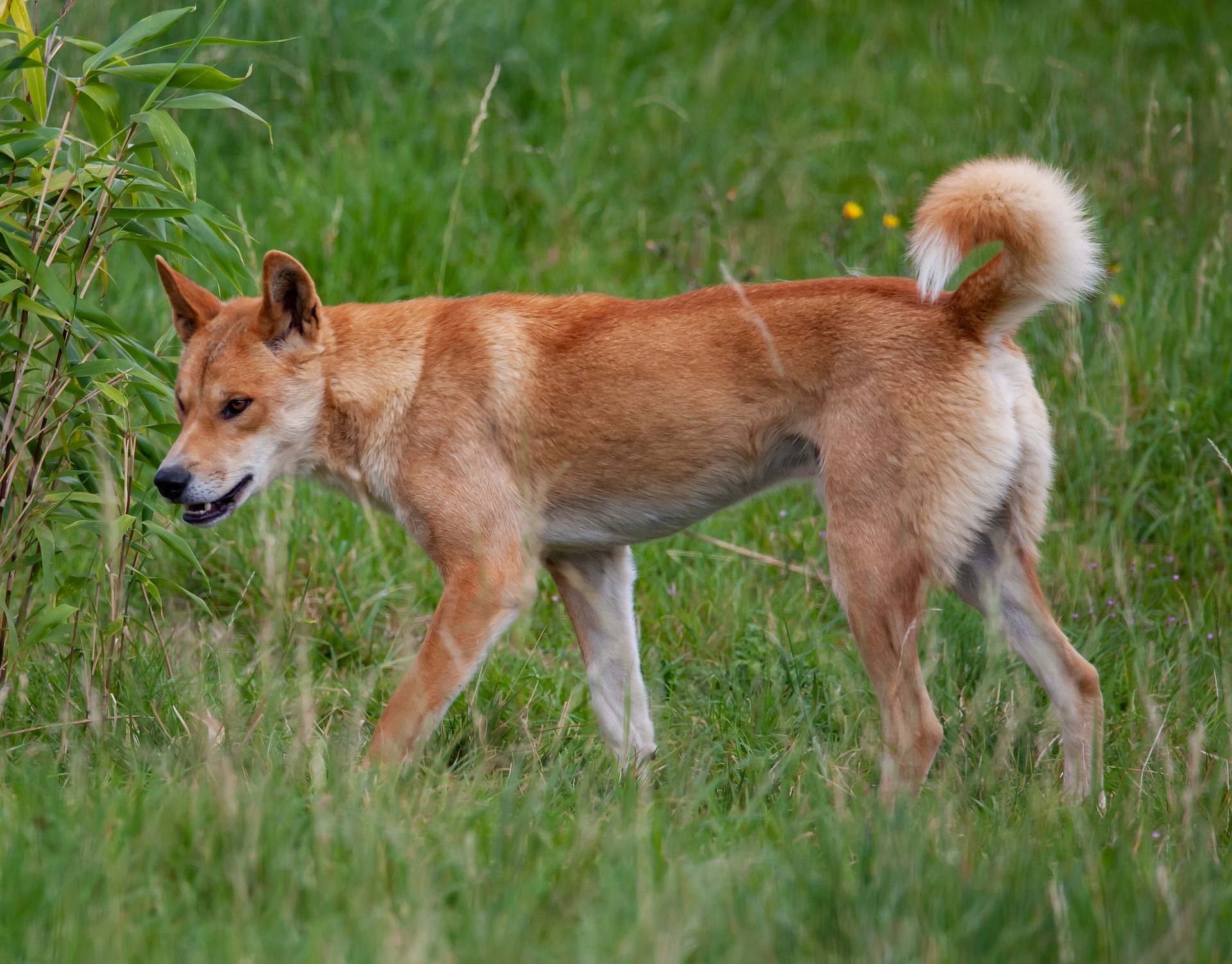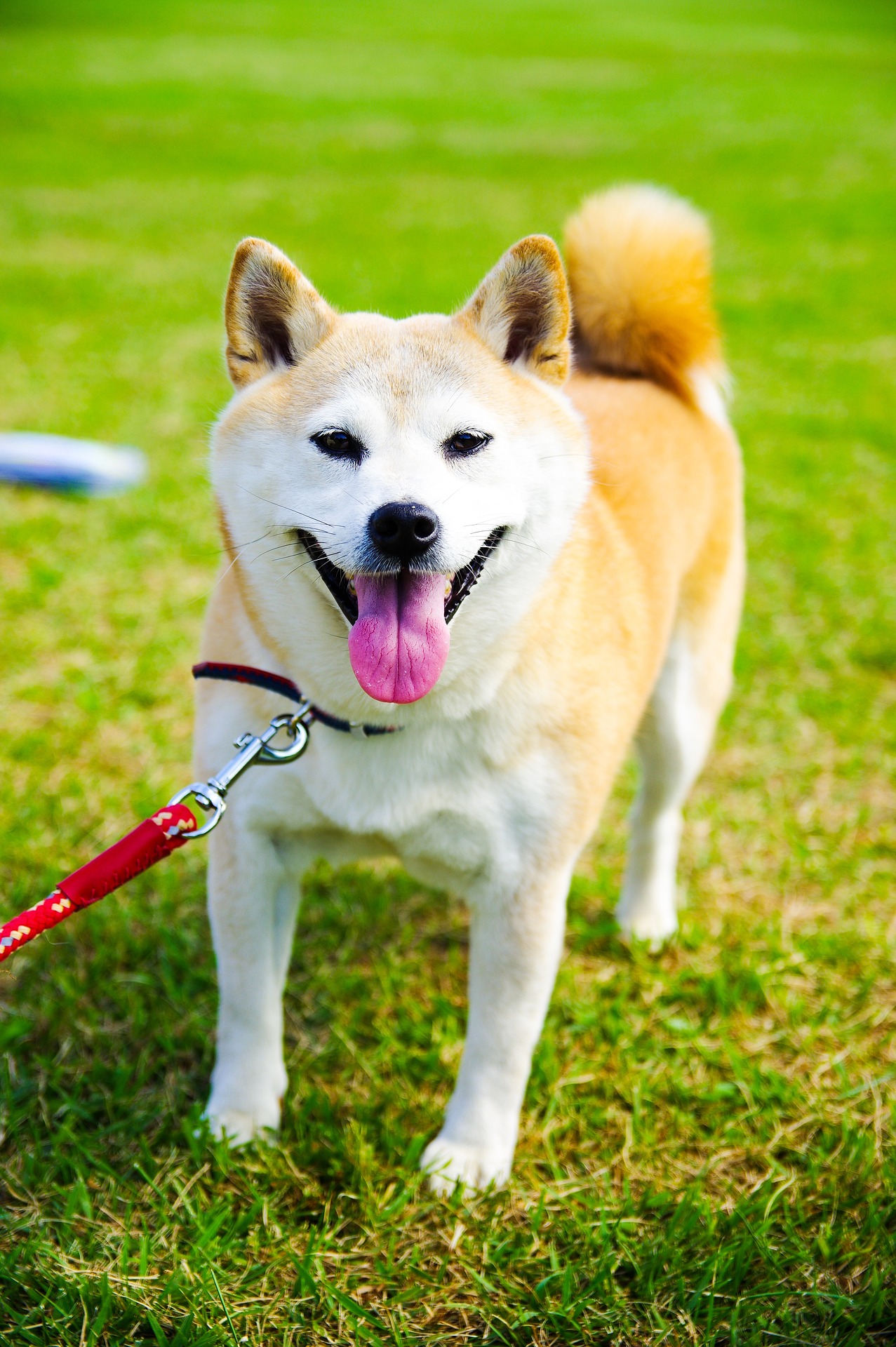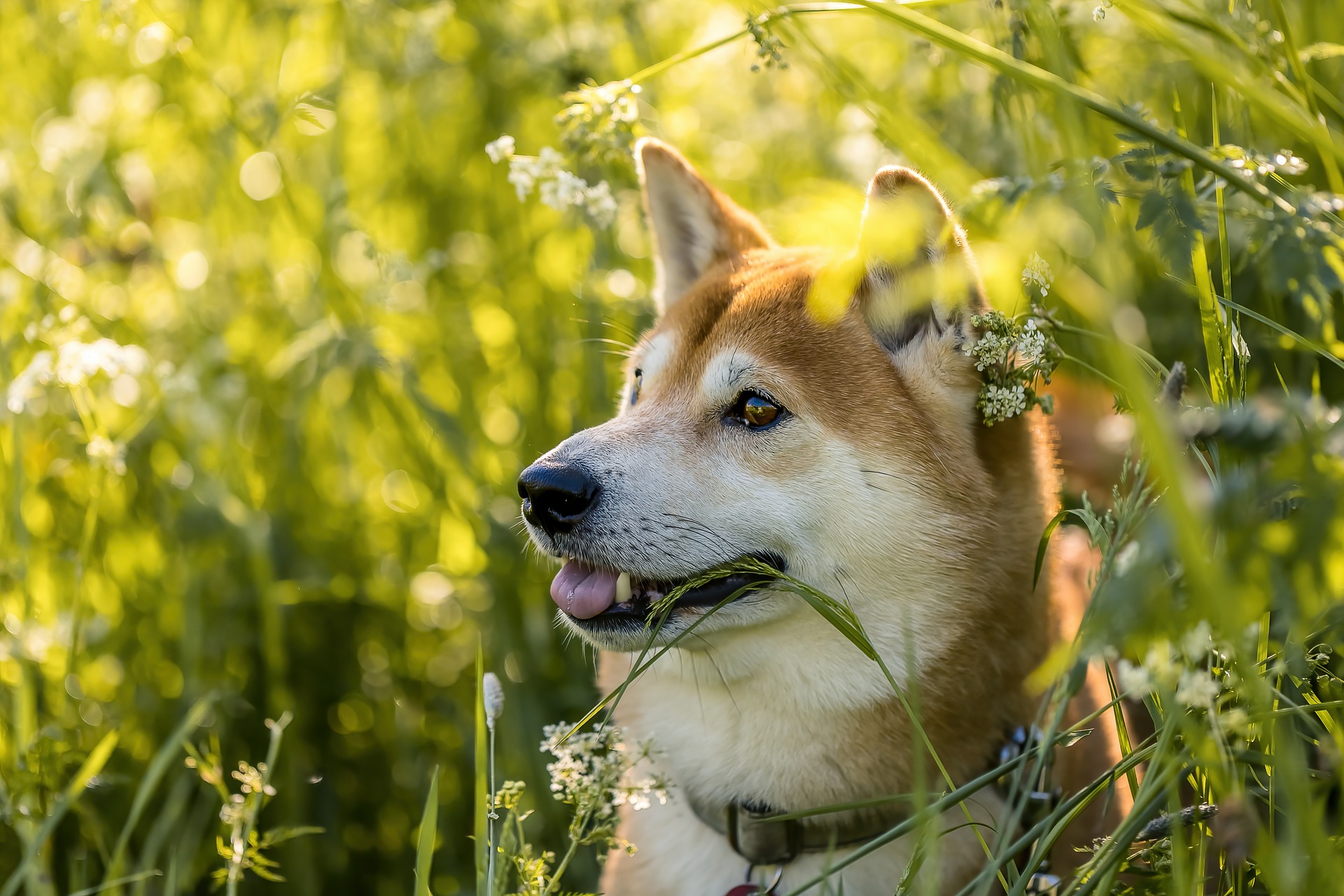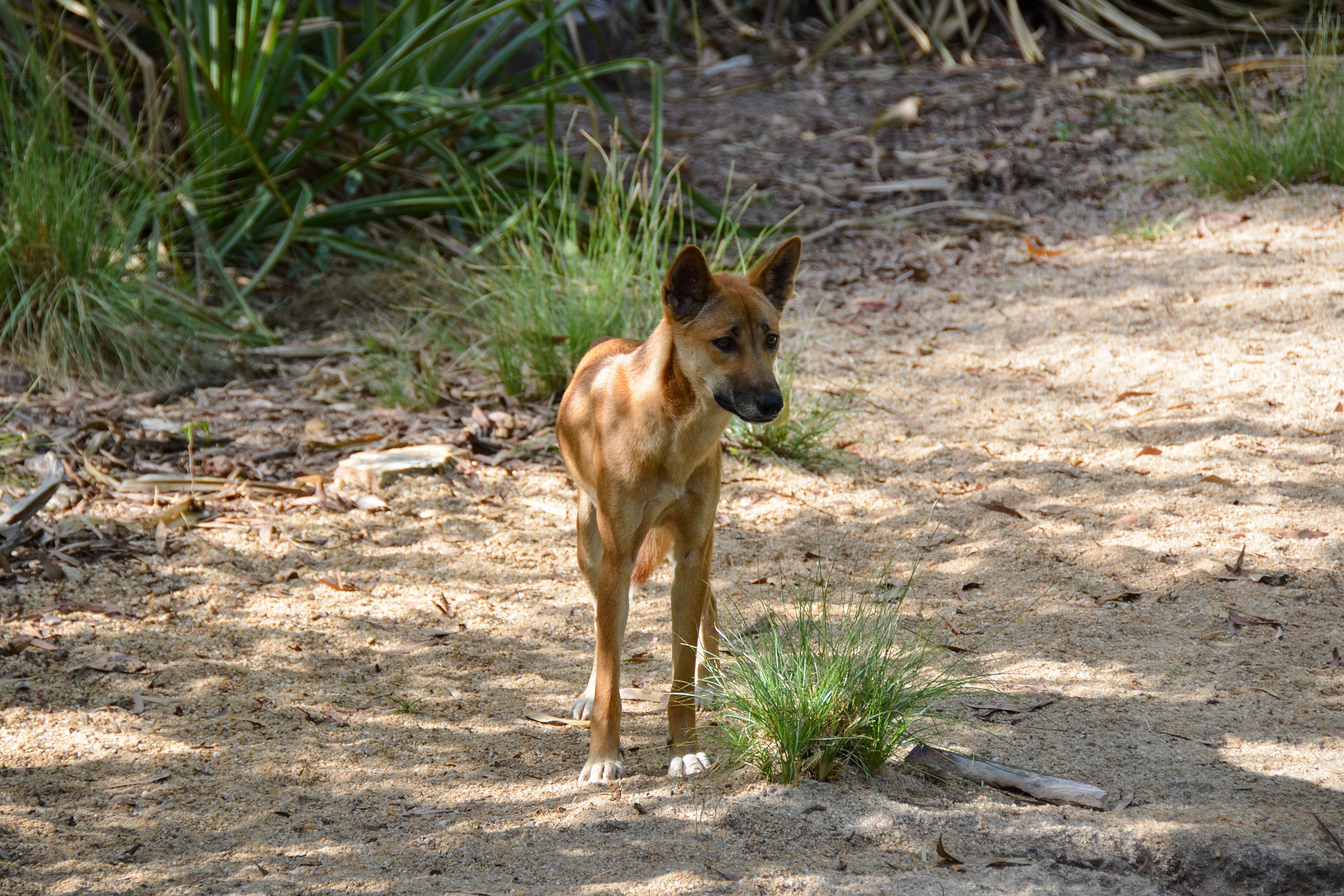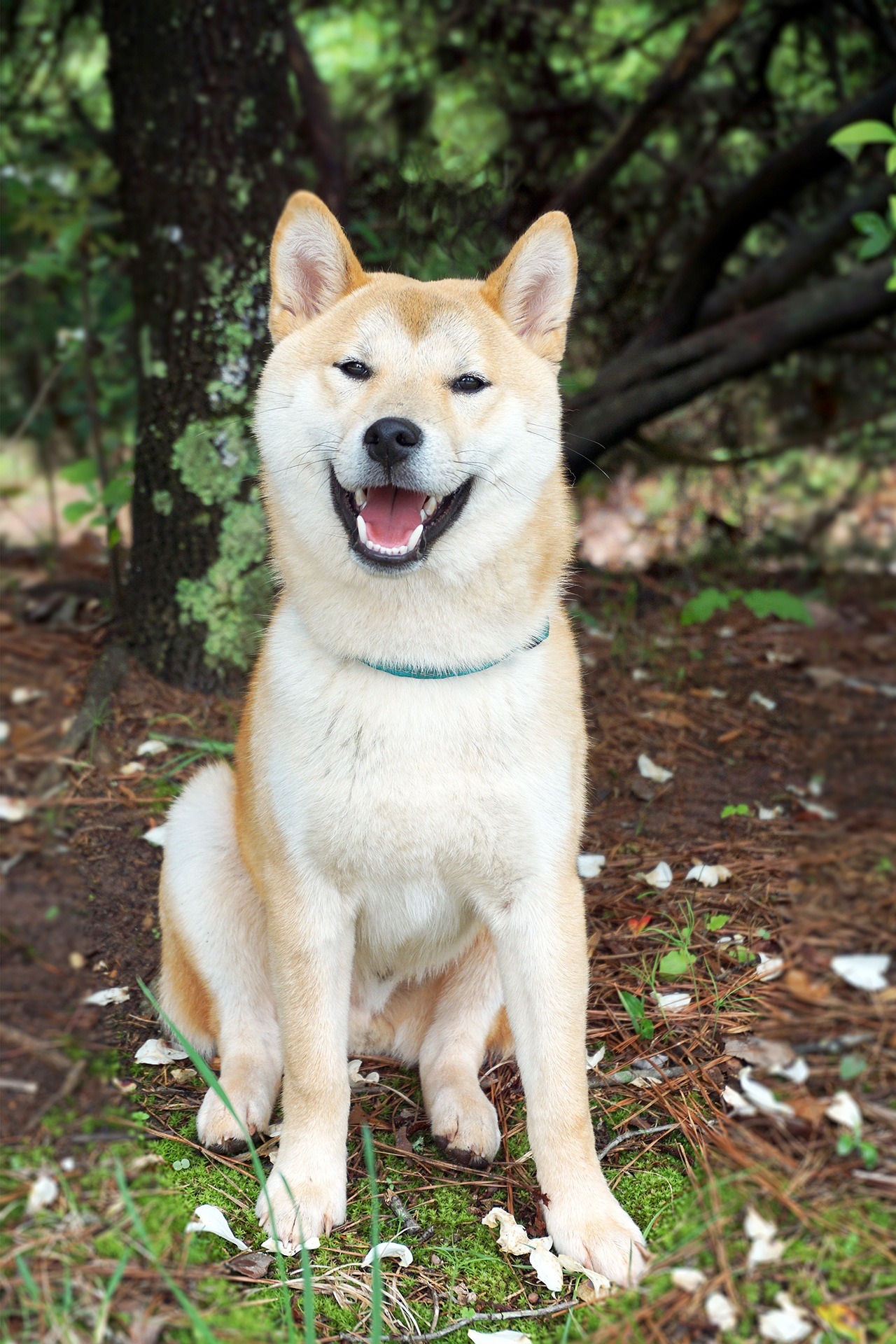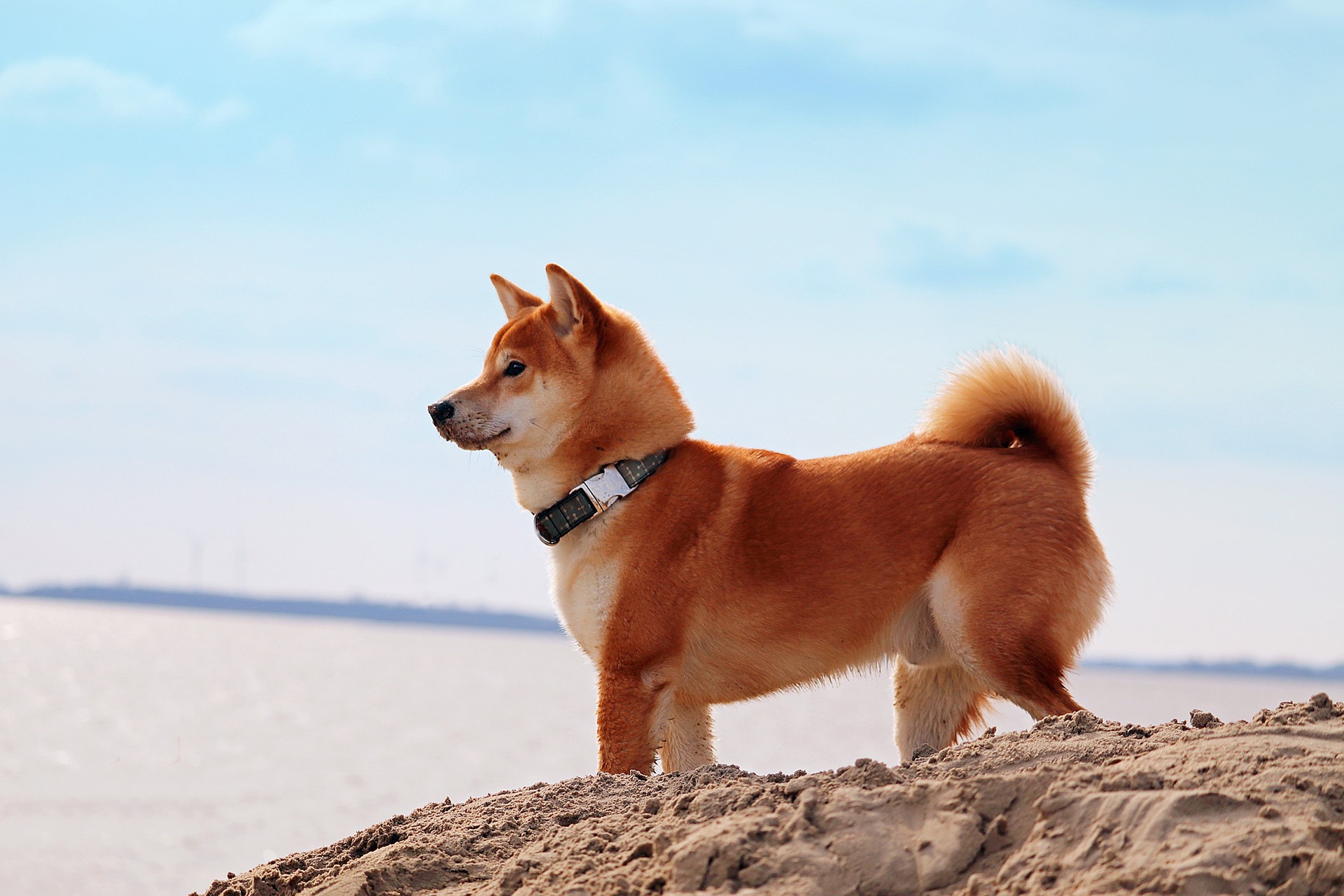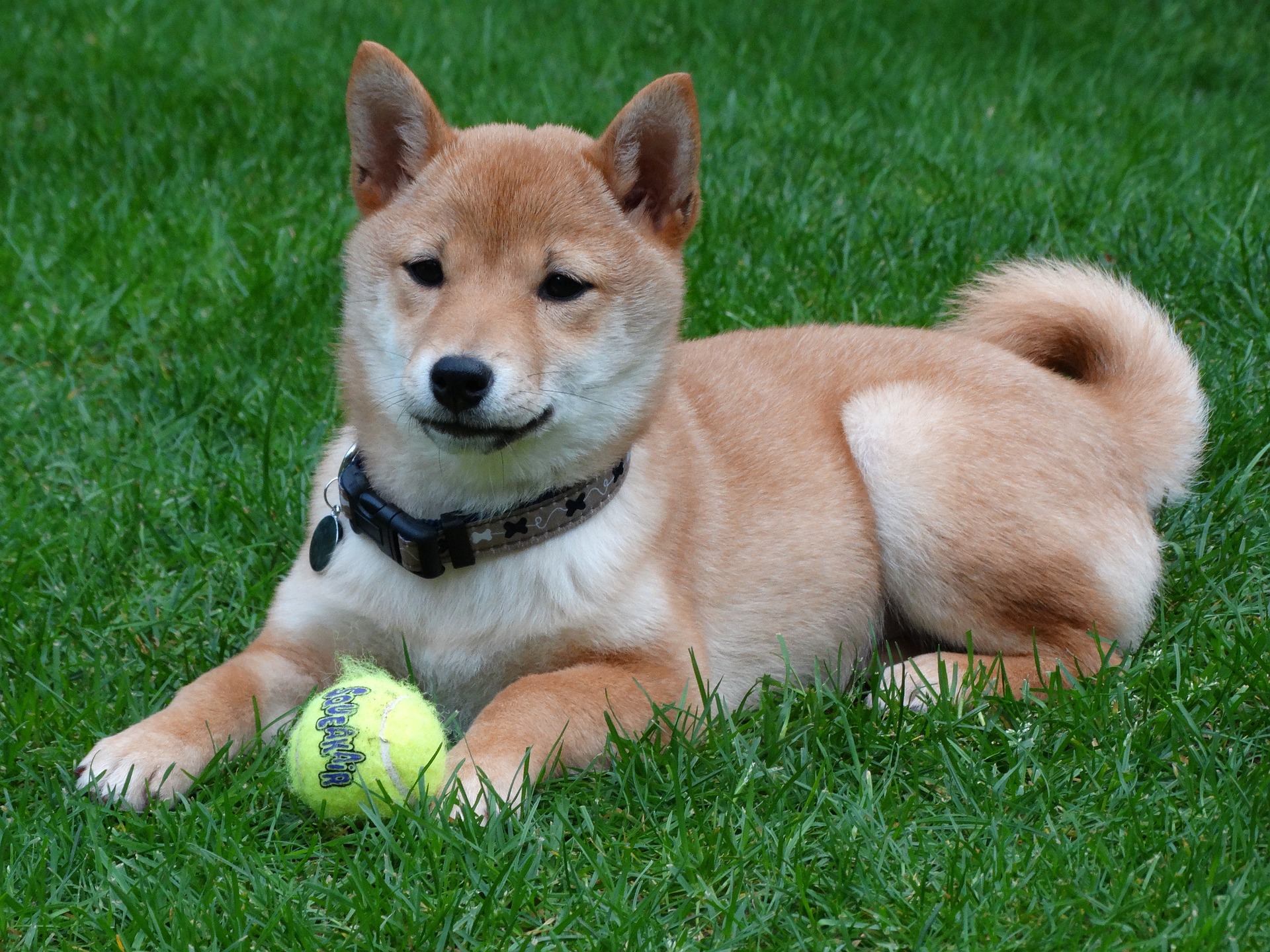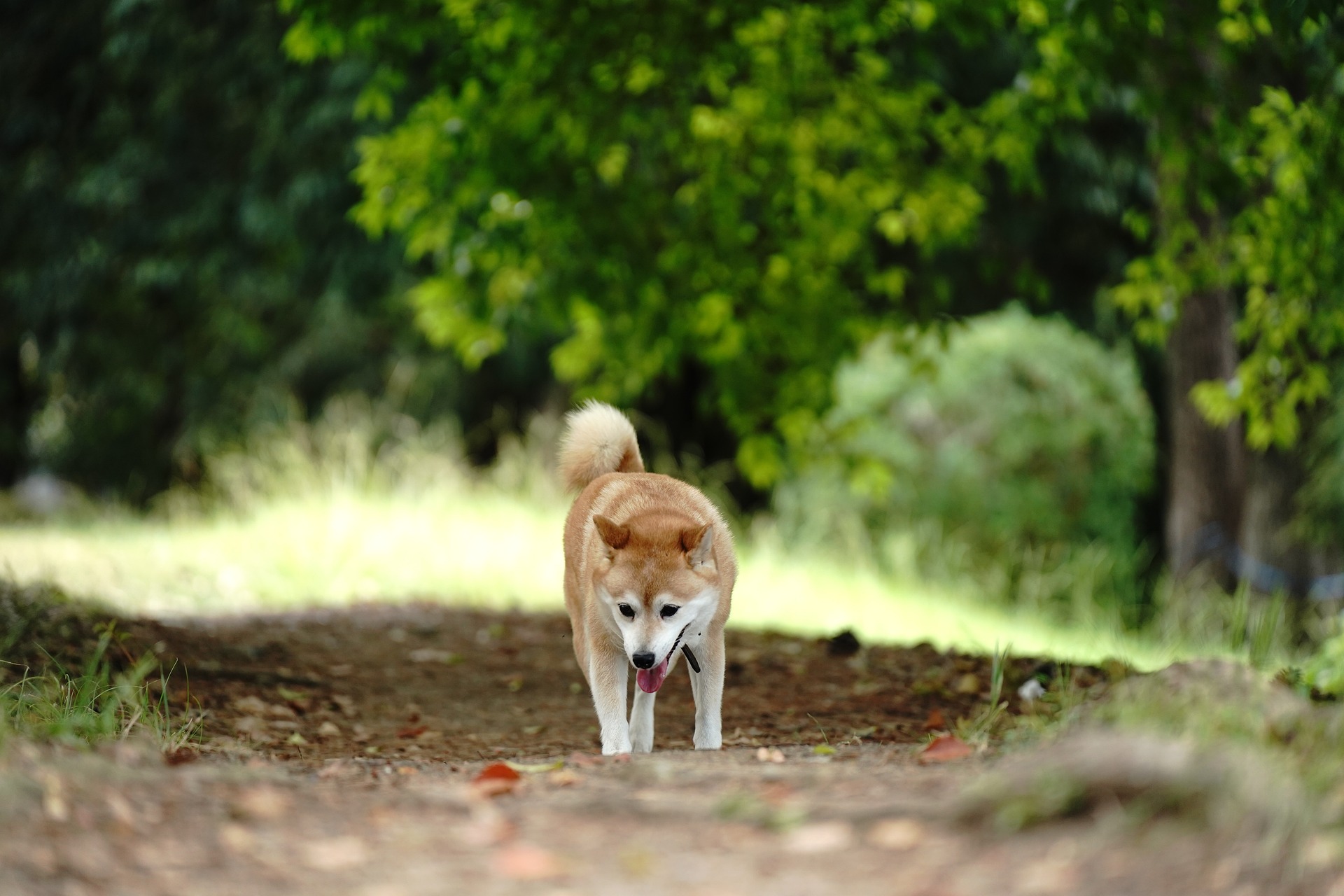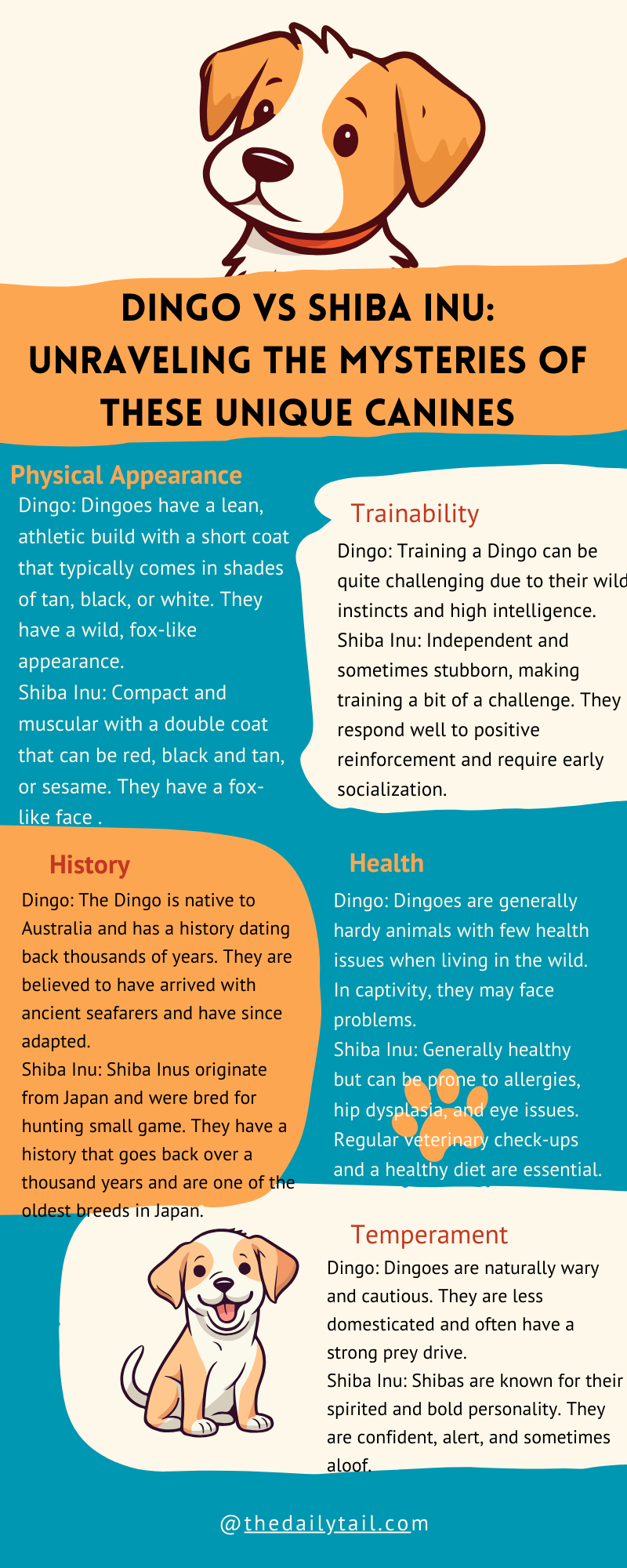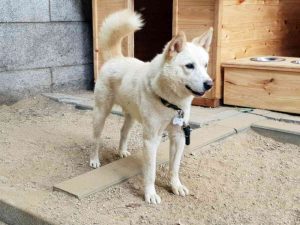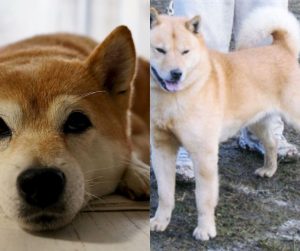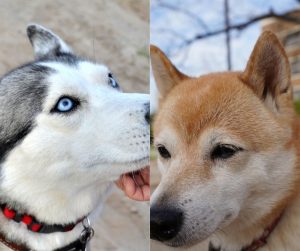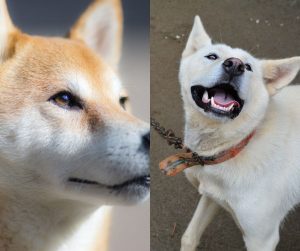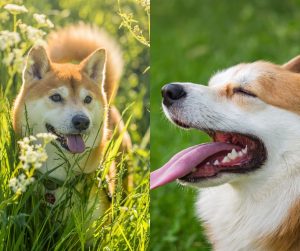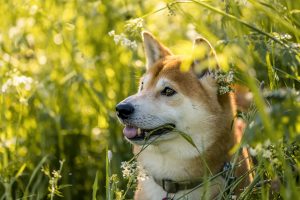When exploring the unique qualities of canine breeds, a fascinating comparison arises between the Shiba Inu and the Dingo. These two breeds represent distinct histories and cultures, each with their own set of characteristics and roles within human society.
The Shiba Inu, native to Japan, is well-known for its fox-like appearance and spirited personality. They boast an ancient lineage, tracing back to historical Japan where they accompanied the first immigrants.
The Dingo, on the other hand, is an iconic wild dog of Australia, though it has a closer relationship to ancient domesticated dogs than to modern wolves. Not traditionally considered a breed in the conventional sense, Dingoes have nonetheless found a place in some modern homes, though they retain much of their untamed nature.
Comparing their physical characteristics, Dingoes are generally larger and more robust than the petite and agile Shiba Inu. While both dogs have striking appearances and strong personalities, their temperaments, care needs, and roles as companions differ significantly due to their contrasting heritages and lifestyles.
Let’s take a deeper look into the Dingo vs Shiba Inu dog breed comparison.
Key Takeaways
- The Shiba Inu and Dingo both have rich histories closely intertwined with human society, yet with stark differences
- Physical and temperament traits between the two canines reveal adaptions to their respective environments and roles
- The Shiba Inu calls for dedicated grooming and socialization, while the Dingo’s care leans towards meeting their strong exercise and mental stimulation needs
Origins and History
When one peers into the rich tapestries of canine heritage, the dingo and the Shiba Inu stand out for their unique and storied pasts. One hails from the rugged landscapes of Australia, the other from the serene lands of Japan. Their histories, etched by time and human involvement, reveal fascinating journeys from their primeval ancestors to the companions we know today.
Dingoes: An Australian Icon
The dingo, often seen as an Australian icon, is not originally native to the continent. Its lineage can be traced back to early canine ancestors closely related to the New Guinea dingo. These dogs likely arrived in Australia around 3,500 years ago, possibly brought by seafarers from the Austronesian culture migrating from southern China.
These canines adapted to a wide array of habitats across Australia and have played a complex role in Aboriginal Australian culture prior to and after European settlement. To this day, many Dingo dogs remain in wildlife. But the continent has produced other domesticated dogs, for example, the Australian Cattle Dog.
Shibas: Japan’s Treasured Companion
The Shiba Inu is deeply woven into Japan’s cultural fabric. Regarded as one of Japan’s oldest and smallest native breeds, the Shiba’s origin dates back to the Jomon period (14,500-300 BCE).
These dogs, likely descendants of the ancient Jomon dog, were companions to the first human settlers in Japan from Asia. Over centuries, they have been hailed for their keen hunting abilities. The turmoil of World War II saw the breed nearly decimated, but dedicated breeding efforts post-war helped to preserve these cherished dogs. Today, the Shiba Inu remains a beloved symbol of Japan, embodying the country’s resilience and loyalty.
In Japan, Shiba Inu dogs are on the same level of respect as their cousin Japanese Akita Inu. In the US, while the American Kennel Club recognizes them as a different breed, many mistake them. They think Shiba Inus are just smaller version of Akitas. On top of that, there is an American Akita Inu dog.
Physical Characteristics
When it comes to the physical traits of Dingos and Shiba Inus, they both sport a look that’s quite distinct, making them easily recognizable.
Dingo Descriptions
Dingos are considered medium-sized, though they tend to be on the larger end of the scale compared to Shiba Inus. They usually stand around 48 to 59 centimeters (19 to 23 inches) in height at the shoulder.
One can recognize a Dingo by its broad head, pricked ears, and a long muzzle. These wild dogs sport a double coat that can vary in color, often a sandy to reddish-brown hue, which provides them with protection from the environment and aids in temperature regulation.
When it comes to their tails, they are bushy and typically have a white tip.
Shiba Inu Features
Shiba Inus, a beloved Japanese breed, are smaller in size, with adults generally weighing in at about 6.8 to 10 kilograms (15 to 22 pounds). Their height usually falls around 34.5 to 41.5 centimeters (13.5 to 16.5 inches).
Their trademark erect ears and spirited expression match their personality perfectly.
Shiba Inus have a fluffy double coat that is designed to keep them warm in the cold, leading to a significant shedding process twice a year. Their coat comes in various colors like red, sesame, and black and tan. Their tails curl over their back in a graceful swirl, a signature feature that’s hard to miss.
Dingo vs Shiba Inu Personality and Temperament
In the canine world, the personalities and temperaments of different breeds can vary as widely as they do in humans. When comparing the dingo and the Shiba Inu, one finds distinct traits that characterize the nature of each breed.
Dingo Disposition
The dingo is known for its independent nature and stands out in the wild with its intelligent, social behavior.
In their natural habitat, dingoes often live in packs where they establish strong social bonds. However, they can also display an aloofness that underscores their self-reliance.
Their prey drive is high, given their history as hunters, which is something potential caretakers need to be aware of.
Shiba Inu Temperament
In contrast, the Shiba Inu carries a bold personality, marked by loyalty and an affectionate nature towards its owners.
While they are certainly intelligent and capable of independent thought, they tend to have a strong-willed temperament.
Unlike dingoes, Shiba Inus are more adaptable to living as family pets, but they still require understanding and patience due to their independent tendencies.
Health and Lifespan
When considering a furry companion, one of the pivotal factors is the health and prospective lifespan of the breed. Both Dingoes and Shiba Inus carry distinct health considerations, and their life expectancies can give you an idea of their journey alongside you.
Dingo Health Considerations
Dingoes are robust wild canines that tend to have fewer genetic health issues compared to domestic dog breeds.
Nevertheless, they are susceptible to certain conditions such as hip dysplasia, a malformation of the hip joints which can lead to pain and mobility challenges.
Regular check-ins with a veterinarian are advisable to monitor for signs of common canine ailments, including obesity, which can exacerbate joint problems.
Shiba Inu Wellbeing
Shiba Inus, beloved for their foxy looks and spirited personality, generally have a lifespan of around 13 to 16 years.
They are predisposed to some hereditary health problems such as:
- Allergies: Manifesting as skin irritations or gastrointestinal upsets
- Hypothyroidism: Affecting metabolism and overall energy levels
- Glaucoma: A serious eye condition that can lead to blindness if not managed
- Cancer: Awareness and early detection can be key in treatment
Care for Shiba Inus should include regular veterinary appointments to ensure early detection and effective management of these potential health issues. Maintaining a proper diet and ample exercise can help mitigate the risk of obesity, which is particularly harmful for Shiba Inus due to their size.
Care and Maintenance
When it comes to caring for a Shiba Inu or a dingo, pet owners need to consider their unique needs. Grooming, exercise, and diet are all part of the daily routine to keep these dogs happy and healthy.
Caring for Dingoes
Dingoes are naturally hardy dogs but they do require some specific care.
Unlike domesticated dogs, dingoes have a strong, independent streak and need plenty of space to roam and exercise. They are not suited for apartment living or small, confined spaces.
For those who have the privilege to care for a dingo, exercise is paramount; a large, secure yard or a rural setting is ideal.
When it comes to diet, dingoes typically thrive on a high-protein diet similar to what they would find in the wild. This might include raw meats and bones, with some fruits and vegetables.
They usually don’t require regular baths unless they get particularly dirty, as too much bathing can strip the natural oils from their coat.
Shiba Inu Grooming and Care
Shiba Inus, with their fox-like appearance, have dense double coats that require regular grooming to prevent mats and tangles.
- Brushing: Weekly brushing is necessary to remove loose fur and reduce shedding. During shedding season, which happens twice a year, they may require more frequent grooming
- Baths: A Shiba Inu should have a bath every three to four months, or as needed, to keep their coat clean without drying out their skin
- Diet: A balanced diet is crucial for their health. Incorporate high-quality dry kibble, perhaps with some wet food or healthy human foods for added nutrition
- Exercise: Daily exercise is important for Shiba Inus to maintain their physical health and satisfy their curiosity. They adore walks and playtime, and they benefit greatly from mental stimulation
Dingo vs Shiba Inu Dog Breed Comparisons
When considering a companion from the canine world, it’s helpful to learn about the distinct traits and ideal environments for different breeds. Two interesting comparisons arise between the dingo and the Shiba Inu—two breeds with unique characteristics and habitats.
Dingo’s Living Environment
Dingoes, often considered wild dogs, favor the expansiveness of the Australian landscape. Their adaptability has allowed them to thrive in varied conditions, from deserts to forests.
Typically not a domesticated choice, they require substantial space and could pose challenges when integrating into a traditional home setting. The dingo’s lifestyle is a testament to their independence and survival skills that align with less traditional, domestic living environments. Here’s what you need to know about their preferences:
- Space: Vast areas are essential for their well-being
- Environment: Adapts to various Australian ecosystems
- Domestication: Less common due to their wild nature
Shiba Inu’s Breed Traits
Shiba Inus, originating from Japan, are a purebred species. They are admired for their alertness and loyal temperament. This compact breed is ideal for those looking for a smaller, more manageable companion dog.
Their lineage dates back centuries, indicative of the breed’s stability and enduring qualities. In terms of living with a Shiba Inu, these dogs are known for their strong-willed nature. However, they can adapt well to dog training with consistent leadership.
Their key characteristics include:
- Temperament: Loyal but independent, making them suited for experienced dog owners
- Maintenance: Requires low maintenance, but they can be territorial
- Size: Smaller stature, perfect for home living
- Trainability: Responsive to training, though they possess an independent streak
Shiba Inus tend to fit comfortably into the companion dog role, delighting those who appreciate their hunting dog heritage and spunky personality. Shibas, often affectionately called the little brushwood dog, are not as widespread as some breeds but hold a special place in the hearts of their admirers.
Social and Behavioral Traits
When exploring the social and behavioral traits of the Dingo and beloved Shiba Inu breed, it’s like uncovering the unique personalities of two very different characters. One hails from the wilds of Australia, accustomed to the pack life, while the other has been a beloved companion in Japan, brimming with confidence and spirit.
Understanding Dingo Behavior
The Dingo is often described as aloof and independent, a trait developed from its life in the wild. They are social animals within their pack setting but may show antisocial tendencies in unfamiliar situations or towards non-pack members.
The Dingo’s intelligence and agile nature make it a skilled hunter. They adapt quickly to changing conditions and exhibit keen awareness of their surroundings. Although they can form bonds with humans, Dingoes are not inherently domesticated. Their loyal behaviors are often directed towards their pack rather than a human family.
- Social Structure: Typically live in packs, which influences their behavioral traits
- Hunting Instincts: Strong prey drive defines their interaction with the environment
Shiba Inu Social Characteristics
On the flip side, the Shiba Inu displays a spectrum of social traits that reflect its domestication. They are known to be alert and confident, often displaying a bold and friendly demeanor.
When it comes to companionship, the Shiba Inu is affectionate with their families but can be reserved around strangers. They thrive on socialization from a young age to develop a well-rounded temperament.
- Affection Level: High with family, reserved with strangers
- Intelligent and Playful: These traits make them excel in activities such as agility training
- Confidence and Loyalty: Make them a cherished, if somewhat independent, companion
Training and Exercise
When considering a Dingo or a Shiba Inu as a pet, owners must recognize that both breeds have distinct training and exercise requirements. Dingoes often exhibit a higher energy level and thrive on consistent, challenging training, while Shiba Inus, known for their independent nature, need structured playtime and agility exercises to keep them well-adjusted and content.
Training Your Dingo
Training an Australian Dingo requires patience and a consistent approach with positive reinforcement being key. They are smart and can learn commands, although their independent streak may require more repetition and patience.
It’s vital to start training early to ensure that they become well-adjusted companions. Consistency in training will help establish a strong bond between the owner and their Dingo.
Early socialization—introducing to new people, dogs, and situations—is critical in nurturing a sociable and confident dog.
Exercising Shiba Inus
Shiba Inus, while less energetic than Dingoes, still benefit greatly from daily exercise to satisfy their agility needs. They enjoy activities that require them to think and move, such as:
- Structured playtime in a safe, enclosed space
- Agility courses to tap into their innate dexterity
- Regular walks that not only exercise them physically but also mentally
Regular exercise helps prevent boredom and the development of unwanted behaviors. Shiba Inus, with their quick reflexes and agile movements, can excel in dog sports like agility and obedience trials. Owners should engage them with positive reinforcement during exercise to make the activities more appealing and rewarding for the dog.
Cultural Significance and Popularity
Dingoes and Shiba Inus both hold a special place in their native lands, revered for their unique characteristics and historical roots. Let’s look at how these canines have been woven into the cultural fabric of Australia and become loved around the globe.
Dingoes in Australian Culture
The dingo, often considered Australia’s wild dog, carries with it a storied past stretching back thousands of years. Seen as both a cultural icon and a pivotal ecological component, the dingo holds a place in Indigenous Australian stories and art.
Indigenous Australians have a complex relationship with the dingo, sometimes regarding them as companions while also respecting them as wild creatures. Breeds like the Australian Kelpie have a suspected genetic connection to the dingo, showcasing their influence on Australian breeding practices.
Shibas Around the World
Originating from Japan, the Shiba Inu has transcended its initial roles in hunting to become a beloved pet worldwide.
With roots in regions like Mino, Shinshu, and Sanin, the breed’s popularity saw significant growth due to its internet fame.
Molecular biologists and breeders recognize the Shiba Inu’s strong genetic ties to ancient Japanese dogs, such as a possible link to the New Guinea Singing Dog.
This breed is often admired for its loyalty and spirited personality. It fits well into the non-sporting group of dog breeds due to its agility and adaptability.
The Shiba Inu’s charming, fox-like appearance in combination with its proud demeanor has garnered a loving community of owners and enthusiasts who value the breed for its companionship and spirited boldness.

